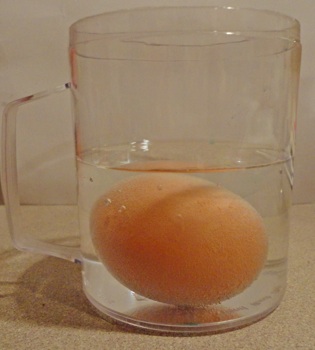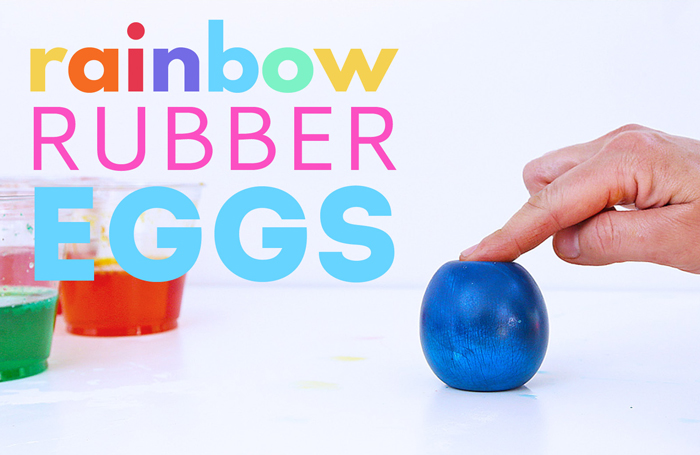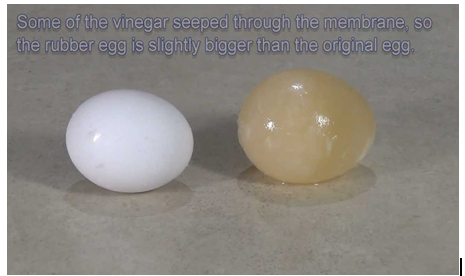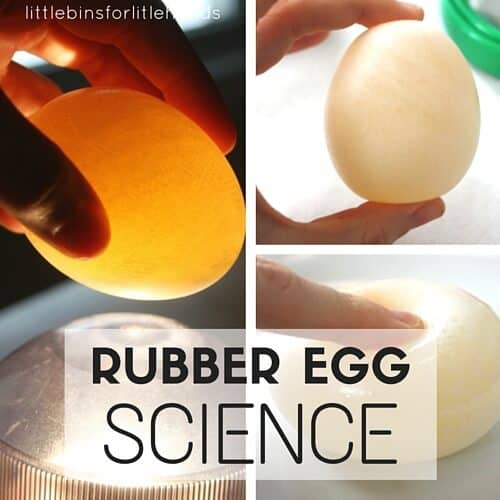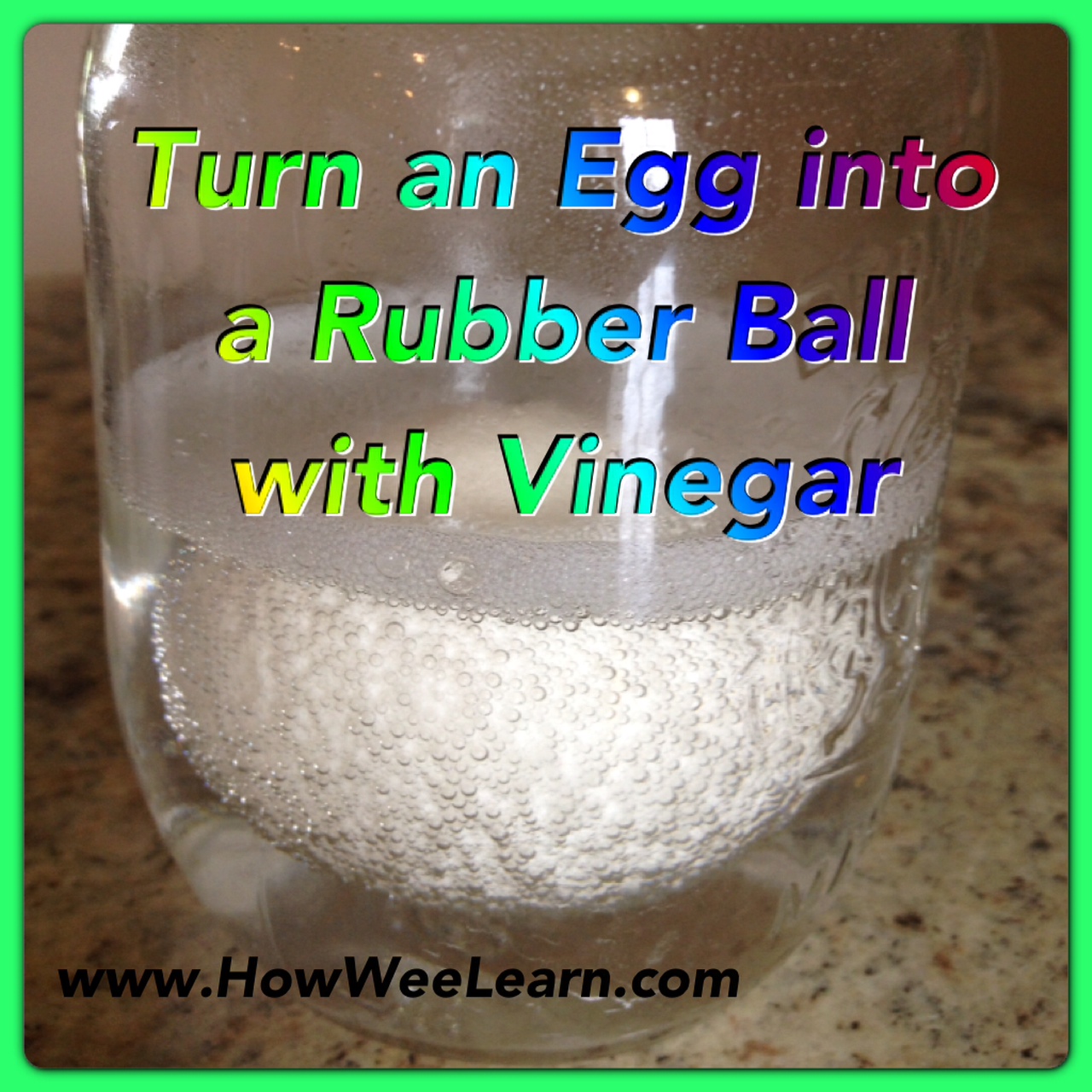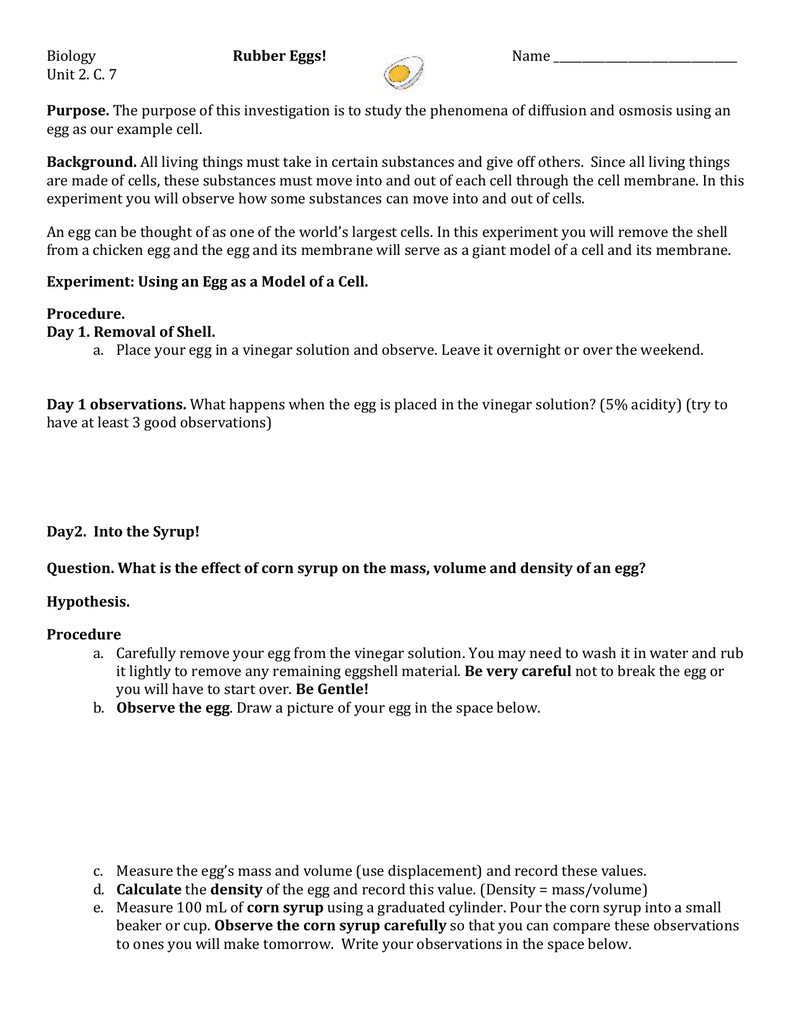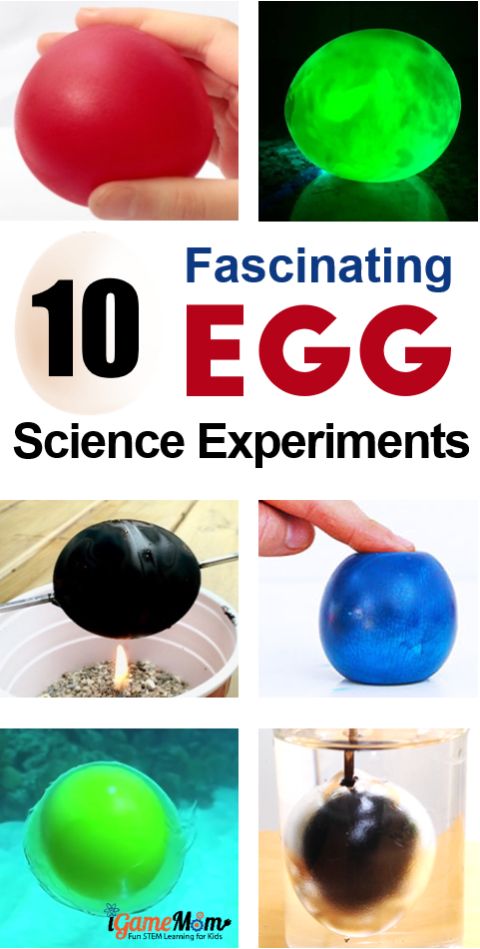Rubber Egg Experiment Explained

It will smell a bit.
Rubber egg experiment explained. Step 2 fill the glass with white vinegar until the egg is completely submerged. Bouncy egg science experiment instruction step 1 get a raw egg and carefully place it into a glass or jar. Place both eggs in the solution place a small beaker on top of the eggs if necessary then cover. Vinegar is poured over a raw egg.
Let the eggs stand for 24 hours or more to remove the shell. If you want to learn about a cool chemical reaction let s dig in. Label 1 beaker vinegar andthen use the graduated cylinder to measure 400 mlof vinegar to put in the labeled beaker. This simple science experiment will turn a regular egg into a bouncy ball.
On day 1 measure the masses of both the eggs with the shell. While it has not been cooked it will take on a rubbery feeling from the vinegar. At this point you will notice the egg. Did you ever try to bounce an egg.
Explore chemistry and osmosis by making a rubber egg and turning it into a bouncing egg. Step 3 leave the egg in the glass for 1 3 days. Take two three eggs and place them in a bowl or plastic container. Pour vinegar into the glass until the egg is covered.
The egg in vinegar experiment is a classic. What you re left with is a totally embarrassed naked egg and a cool piece of science. This experiment answers the age old question which came first the rubber egg or the rubber chicken it s easy to make a rubber or naked egg if you understand the chemistry of removing the hard eggshell. Put the glass aside so no one drinks and or spills it.
As the days pass your kids will note how the shell dissolves hence the nickname naked egg experiment. Get ready to add this simple rubber egg activity to your science lesson plans this season. Remove the egg from the vinegar. It goes on to change the chemical composition of an egg making it rubbery on being dipped in vinegar for a few days.
Put your egg into a tall drinking glass. The rubber egg experiment. The egg in vinegar experiment though pretty simple gives your child the foundation knowledge on reactions between acids and bases.
